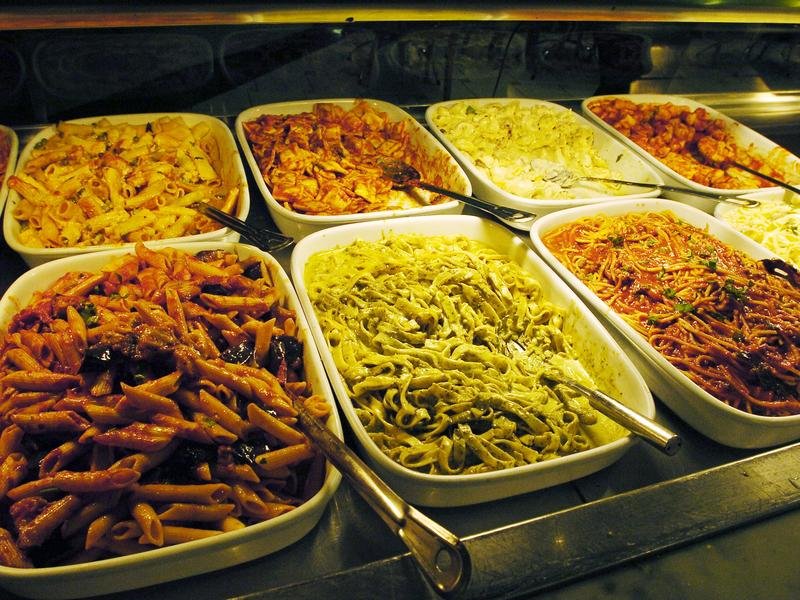Ancient DNA could be a reason for your love of carbs
Ancient DNA might be the reason for your love of carbohydrates such as bread and pasta, research suggests.
Humans may have developed the ability to start digesting these foods in the mouth long before they started farming, and maybe even before the split from Neanderthals, according to the study.
The research found that the gene for starch-digesting saliva may have first duplicated more than 800,000 years ago, setting the scene for the genetic change that shapes our diets today.
Sign up to The Nightly's newsletters.
Get the first look at the digital newspaper, curated daily stories and breaking headlines delivered to your inbox.
By continuing you agree to our Terms and Privacy Policy.Duplication is a type of mutation that involves the production of one or more copies of a gene.
Experts have known for some time that humans carry multiple copies of a gene that enables the starch in complex carbohydrates — which also include foods such as potatoes, rice and some fruits and vegetables - to start breaking down in the mouth.
This provides the first step in digesting these foods, and the more copies of these genes people have the better equipped they are to break down carbohydrates.
However, it has been difficult for researchers to determine how and when the number of these genes expanded.
The new study led by the University of Buffalo (UB) and the Jackson Laboratory (JAX) in the US found that the duplication of the gene — known as the salivary amylase gene (AMY1) - may not only have helped shape human adaptation to starchy foods, but may have taken place as far back as more than 800,000 years ago, long before the birth of farming.
According to the scientists, amylase is an enzyme that not only breaks starch down into glucose, but also gives bread its taste.

Corresponding author Omer Gokcumen, professor in the department of biological sciences within the UB College of Arts and Sciences, said: “The idea is that the more amylase genes you have, the more amylase you can produce and the more starch you can digest effectively.”
Analysing the genomes of 68 ancient humans, including a 45,000-year-old sample from Siberia, the researchers found that pre-agricultural hunter-gatherers already had duplicated copies of the gene.
This suggests that humans were already walking around Eurasia with a wide variety of these genes long before they started domesticating plants and eating excess amounts of starch.
The study also found that AMY1 gene duplications occurred in Neanderthals and Denisovans.
Kwondo Kim, one of the lead authors on this study from the Lee Lab at JAX, said: “This suggests that the AMY1 gene may have first duplicated more than 800,000 years ago, well before humans split from Neanderthals and much further back than previously thought.
“The initial duplications in our genomes laid the groundwork for significant variation in the amylase region, allowing humans to adapt to shifting diets as starch consumption rose dramatically with the advent of new technologies and lifestyles.”
The research also highlights that while early hunter-gatherers had multiple gene copies, European farmers saw a surge in the average number of AMY1 copies over the past 4000 years, likely due to their starch-rich diets.
The study, published in the Science journal, used genome mapping and sequencing to map the AMY1 gene region in detail.
